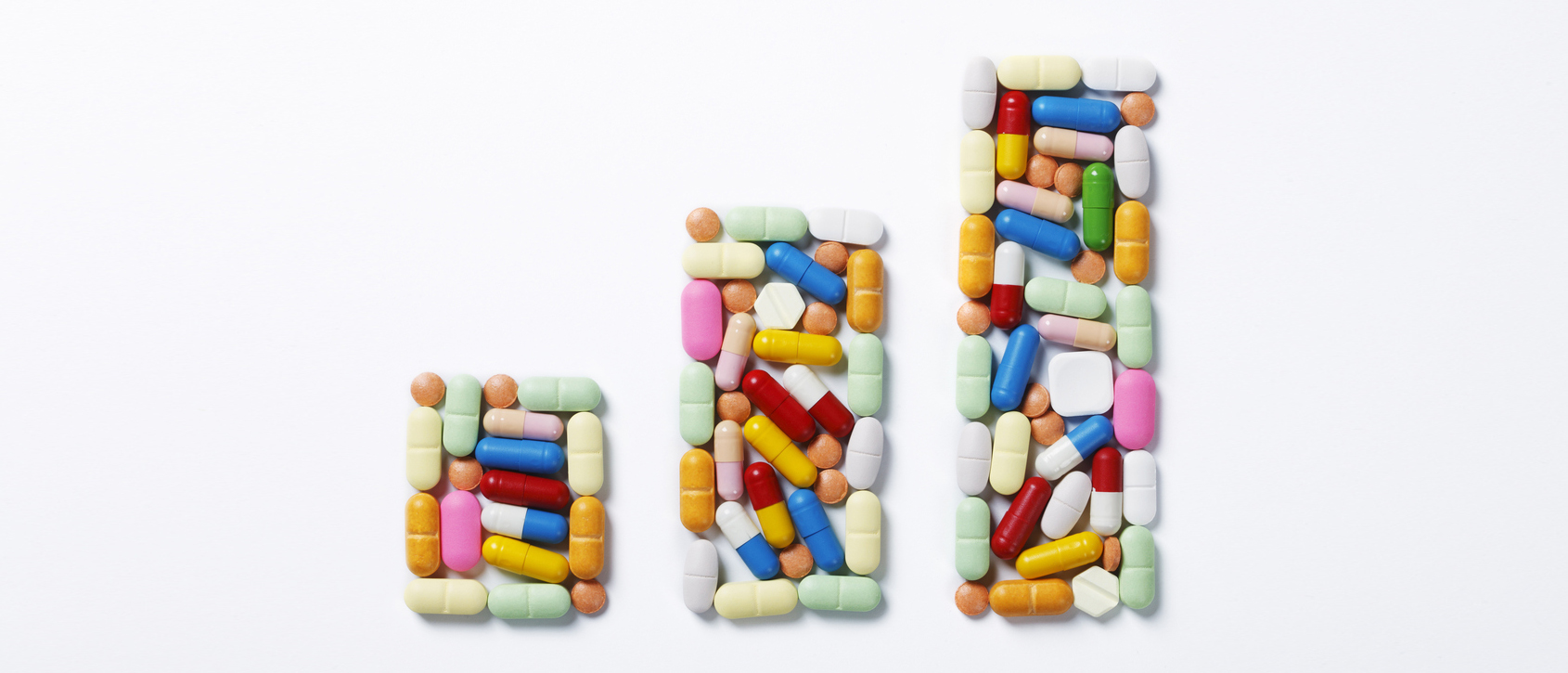
While the Trump administration has taken small steps to implement its blueprint to lower prescription drug prices, Congress has recently made quiet progress on some policies that could help lower drug costs for patients.
First, both the Senate and House advanced legislation to ban “gag clauses” that prevent pharmacists from telling patients that they can save money on medications by paying for them out of pocket. Certain prescription benefit managers (PBMs) have used gag clauses as part of their formulary design. While this is not a widespread industry practice, a 2016 survey of community pharmacists found that nearly 60 percent had encountered a gag clause in the previous 10 months. Two bills (S. 2553 and H.R. 6733) would prohibit private Medicare plans from instituting gag clauses. A third, related bill (S. 2554) — passed by the Senate on Monday with overwhelming support — prohibits private health insurance plans from using them. While they enable pharmacists to advise patients on how to spend less at the pharmacy counter, these bans won’t necessarily lower the prices of drugs.
Second, a lesser-known provision of S. 2554, added by the Senate Committee on Health, Education, Labor and Pensions (HELP), could help lower drug prices by shedding light on patent-settlement agreements between drug manufacturers. Brand-name manufacturers sometimes use these agreements to extend their monopolies and keep drug prices higher by directly and indirectly compensating generic manufacturers for voluntarily delaying generics from coming to market. The Congressional Budget Office has found that setting a standard to rein in these types of settlements would produce $2.4 billion in savings over 10 years.
The HELP committee provision would require manufacturers of biologics (large-molecule drugs) and biosimilars (nearly identical copies of original biologics) to report patent-settlement agreements to the Federal Trade Commission (FTC) — an important step in understanding and preventing abuse of what is sometimes referred to as “pay for delay.”
Pay-for-Delay Stalls Drug Competition, Costing Patients Billions
In 2003, Congress required patent-settlement agreements between brand-name and generic small-molecule drug manufacturers to be filed with the FTC for review after they are made. (Currently most drugs sold are small-molecule drugs, but the biologics market is growing rapidly.) Such agreements effectively delay the sale of lower-cost generic drugs by nearly 17 months longer than agreements without payments, according to a 2010 report by the FTC. These anticompetitive agreements cost taxpayers approximately $3.5 billion each year.
In 2012, the U.S. Supreme Court decided in FTC v. Actavis that a brand-name drug manufacturer’s payment to a generic competitor to settle patent litigation can violate antitrust law. After the Court’s decision, the number of pay-for-delay agreements declined two years in a row. With drug companies now required to report these settlements to the FTC, the agency has been able to act to protect patients from anticompetitive deals that delay cheaper, generic drug products from coming to market. The FTC reviews reported settlements and, if it determines an agreement violates antitrust law, the agency challenges the agreement in the courts.
For example, in 2008 the FTC sued Cephalon, Inc., for paying four generic companies $300 million to delay marketing of their generic versions of Cephalon’s sleep-disorder drug, Provigil, until 2012. In 2015, the FTC reached a settlement with Cephalon’s owner, Teva Pharmaceutical Industries, Ltd., which agreed to ending pay-for-delay agreements for all their U.S. operations. The company also paid $1.2 billion in compensation for Cephalon’s anticompetitive behavior.
FTC Reporting Requirement Does Not Apply to Biologic and Biosimilar Manufacturers
The FTC reporting requirement applies only to small-molecule drugs, however, and not to far more expensive biologics and biosimilars. The potential savings of having biosimilars available for sale are significant: even one biosimilar competing against a brand-name biologic can result in a 35 percent lower price for patients and payers. Without delays in competition with brand-name biologics, biosimilars could save $54 billion to $250 billion over 10 years.
But there are concerns that manufacturers are entering into pay-for-delay agreements to keep prices for these drugs artificially high. Since 2015, when the biosimilar pathway was implemented, the FDA has approved 12 biosimilars, yet only three are currently available to patients — likely because of patent litigation and pay-for-delay agreements.
FTC Review Is Part of the Solution
In his remarks upon releasing the U.S. Food and Drug Administration’s Biosimilars Action Plan in July, FDA commissioner Scott Gottlieb noted the FTC’s key role in monitoring U.S. markets to protect consumers from anticompetitive behaviors, including those of prescription drug manufacturers. He also pointed out the patent litigation tactics manufacturers use to delay biosimilar competition.
As it does for the small-molecule drug market, the FTC can play a proactive role in monitoring what is happening in the biologic and biosimilar markets. At a workshop on drug pricing held last year, acting FTC chair Maureen Ohlhausen said that while her agency has been making progress in eliminating pay-for-delay agreements, it has not seen the last of them. She said they will remain a target. But to move forward, the FTC needs clearer authority to review patent settlements between biologic and biosimilar manufacturers.
With Senate passage of S. 2554 and its FTC reporting provision, Congress has taken an important step in encouraging a robust biosimilar market. (While the House has not passed a similar measure, the Senate bill could be added to a reconciliation of the House and Senate gag clause bills.) Engaging all the relevant market regulators — including the FTC, the U.S. Patent and Trademark Office, the Centers for Medicare and Medicaid Services, and the FDA — will inject needed competition into this nascent market and help lower drug prices for U.S. consumers.












